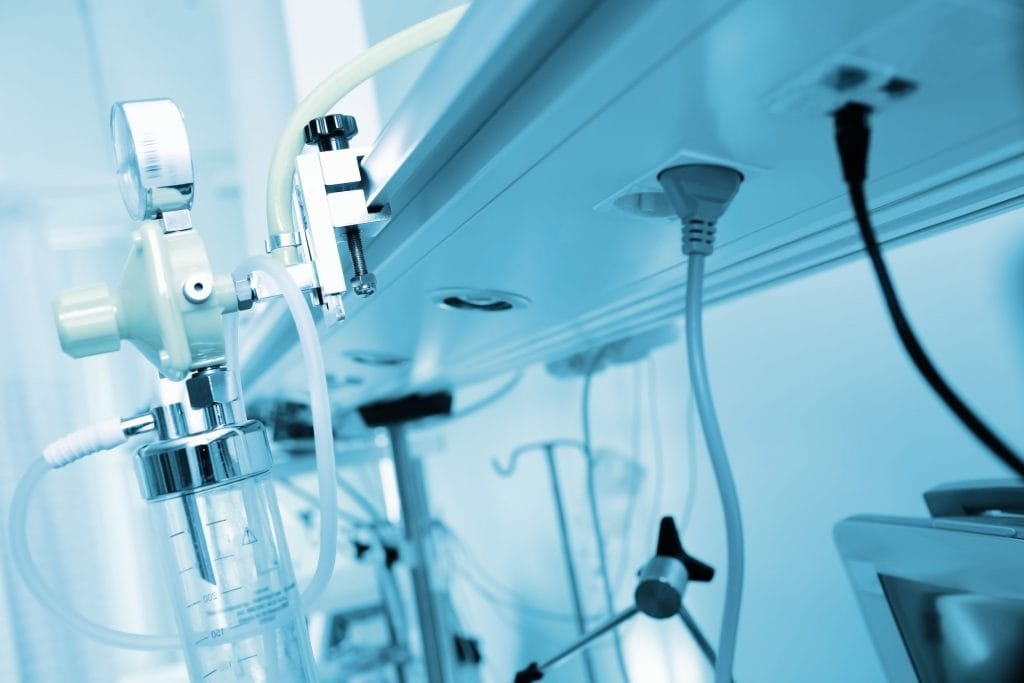 In the wake of the Gorakpur tragedy, it has been revealed that medical oxygen has seen a tax increase.
In the wake of the Gorakpur tragedy, it has been revealed that medical oxygen has seen a tax increase.
Medical oxygen has seen its tax rate rise to 18 percent under the recently updated Goods and Services Tax (GST) which fixed the cost of most life saving medicines at a lower rate of five percent tax. This is being described as anomalous, as medical oxygen is perhaps one of the most critical resources in emergency medical care. For it to receive a price increase could put an increased burden on healthcare providers, who require a consistent stockpile of oxygen.
The move has been dubbed as absurd and poorly thought out. Dr K. K. Agarwal, president of the Indian Medical Association (IMA), has said to the Times of India that he will be contacting the authorities to discuss the matter. Dr Agarwal mentions that, as medical oxygen is an important life-saving commodity, there is no sense in charging a far higher tax rate on it.
The tax rise raises important questions about the Gorakhpur tragedy, which saw more than sixty children under twelve years old — many newborns — die within a week. Though disputed by the hospital’s administrators, there have been widely-publicised accusations that a lack of medical oxygen was the cause of the deaths.
This allegation of a lack of medical oxygen stockpiles was backed up by information from the original supplier of oxygen to the hospital. They claim that over a six month period before the incident, 14 reminders were sent to the hospital to pay their bills for the delivery of oxygen. A legal notice delivered to the hospital made it clear that due to their “lethargic approach” to the payment of bills, the regular provision of medical oxygen was becoming difficult.
The hospital disputed this, claiming they had made alternate arrangements for their supply of oxygen. Though the potential lack of available oxygen has not been directly implicated to the deaths of the children, it has sparked a national debate on the steady supply of oxygen to hospitals to prevent a recurrence of the incident.
The debate on the matter may already have occurred too late, as the Gorakhpur case may not be an isolated incident. In Raipur, a hospital has reported the deaths of three children. In this case, the shortage of oxygen has been directly implicated, as over a half hour period the oxygen pressure in the hospital fell. The children, all on ventilators in the neonatal care unit died of resulting respiratory and heart failures. The supplier of oxygen to the hospital has since been arrested.
Medical oxygen is currently at the forefront of media attention due to the Gorakhpur tragedy. It is this that has brought the tax increase to the spotlight. Doctors and the media alike are seeking a swift resolution to the issue, as a price increase to a vital medical resource seems both badly thought out, as well as a potential drain on the vital funding allocated within India’s healthcare facilities.

